1-Fluoro-2,4-dinitrobenzene

1-Fluoro-2,4-dinitrobenzene structure
|
Common Name | 1-Fluoro-2,4-dinitrobenzene | ||
|---|---|---|---|---|
| CAS Number | 70-34-8 | Molecular Weight | 186.097 | |
| Density | 1.6±0.1 g/cm3 | Boiling Point | 296.0±20.0 °C at 760 mmHg | |
| Molecular Formula | C6H3FN2O4 | Melting Point | 25-27 °C(lit.) | |
| MSDS | Chinese USA | Flash Point | 132.8±21.8 °C | |
| Symbol |


GHS07, GHS08 |
Signal Word | Warning | |
| Name | 1-fluoro-2,4-dinitrobenzene |
|---|---|
| Synonym | More Synonyms |
| Density | 1.6±0.1 g/cm3 |
|---|---|
| Boiling Point | 296.0±20.0 °C at 760 mmHg |
| Melting Point | 25-27 °C(lit.) |
| Molecular Formula | C6H3FN2O4 |
| Molecular Weight | 186.097 |
| Flash Point | 132.8±21.8 °C |
| Exact Mass | 186.007690 |
| PSA | 91.64000 |
| LogP | 1.16 |
| Vapour Pressure | 0.0±0.6 mmHg at 25°C |
| Index of Refraction | 1.585 |
| Stability | Stable. Combustible. Incompatible with strong oxidizing agents, strong bases. |
| Water Solubility | 400 mg/L (25 ºC) |
CHEMICAL IDENTIFICATION
HEALTH HAZARD DATAACUTE TOXICITY DATA
MUTATION DATA
|
| Symbol |


GHS07, GHS08 |
|---|---|
| Signal Word | Warning |
| Hazard Statements | H302-H315-H317-H319-H335-H373 |
| Precautionary Statements | P261-P280-P305 + P351 + P338 |
| Personal Protective Equipment | dust mask type N95 (US);Eyeshields;Faceshields;Gloves |
| Hazard Codes | C:Corrosive |
| Risk Phrases | R22;R23/24/25;R33;R34;R40;R42/43 |
| Safety Phrases | S22-S26-S36/37/39-S45-S28A |
| RIDADR | UN 3261 8/PG 2 |
| WGK Germany | 3 |
| RTECS | CZ7800000 |
| Packaging Group | III |
| Hazard Class | 6.1 |
| HS Code | 29049085 |
| Precursor 9 | |
|---|---|
| DownStream 10 | |
| HS Code | 2904909090 |
|---|---|
| Summary | HS:2904909090 sulphonated, nitrated or nitrosated derivatives of hydrocarbons, whether or not halogenated VAT:17.0% Tax rebate rate:9.0% Supervision conditions:none MFN tariff:5.5% General tariff:30.0% |
|
DOCK8 regulates lymphocyte shape integrity for skin antiviral immunity.
J. Exp. Med. 211(13) , 2549-66, (2014) DOCK8 mutations result in an inherited combined immunodeficiency characterized by increased susceptibility to skin and other infections. We show that when DOCK8-deficient T and NK cells migrate throug... |
|
|
Natural killer T cells are essential for the development of contact hypersensitivity in BALB/c mice.
J. Invest. Dermatol. 134(11) , 2709-18, (2014) Contact hypersensitivity (CHS) has been widely used to study cutaneous immune responses, as a prototype of delayed-type hypersensitivity. Although natural killer T (NKT) cells have been assumed to hav... |
|
|
Depletion of regulatory T cells in a hapten-induced inflammation model results in prolonged and increased inflammation driven by T cells.
Clin. Exp. Immunol. 179(3) , 485-99, (2015) Regulatory T cells (Tregs ) are known to play an immunosuppressive role in the response of contact hypersensitivity (CHS), but neither the dynamics of Tregs during the CHS response nor the exaggerated... |
| Sanger reagent |
| Sanger's Reagent |
| 2,4-DNBF |
| 2,4-Dinitrofluorobenzene |
| DNFB |
| fluoro-2,4-dinitrobenzene |
| Dinitrofluorobenzene |
| EINECS 200-734-3 |
| Fluorodinitrobenzene |
| Benzene, 1-fluoro-2,4-dinitro- |
| FDNB |
| MFCD00007056 |
| Benzene,1-fluoro-2,4-dinitro |
| 2,4-dinitro-fluoro-benzene |
| 2,4-Dinitro-1-fluorobenzene |
 CAS#:97-00-7
CAS#:97-00-7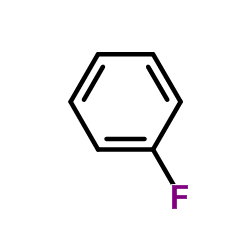 CAS#:462-06-6
CAS#:462-06-6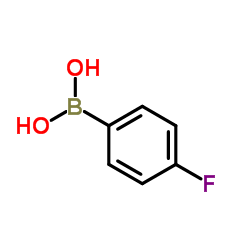 CAS#:1765-93-1
CAS#:1765-93-1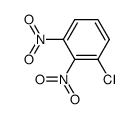 CAS#:602-02-8
CAS#:602-02-8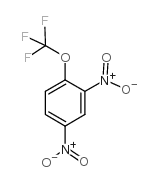 CAS#:655-07-2
CAS#:655-07-2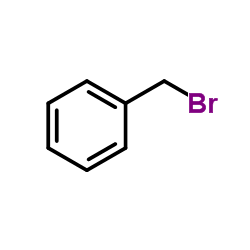 CAS#:100-39-0
CAS#:100-39-0 CAS#:455-17-4
CAS#:455-17-4 CAS#:584-48-5
CAS#:584-48-5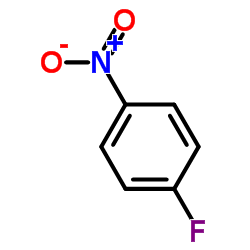 CAS#:350-46-9
CAS#:350-46-9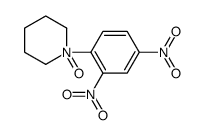 CAS#:110210-07-6
CAS#:110210-07-6 CAS#:10549-12-9
CAS#:10549-12-9 CAS#:10457-26-8
CAS#:10457-26-8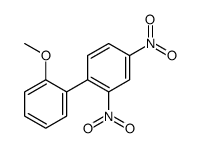 CAS#:106166-21-6
CAS#:106166-21-6![Butanoic acid,4-[(2,4-dinitrophenyl)amino]- structure](https://image.chemsrc.com/caspic/253/10466-75-8.png) CAS#:10466-75-8
CAS#:10466-75-8![(2S)-2-amino-5-[(2,4-dinitrophenyl)amino]pentanoic acid structure](https://image.chemsrc.com/caspic/191/10457-27-9.png) CAS#:10457-27-9
CAS#:10457-27-9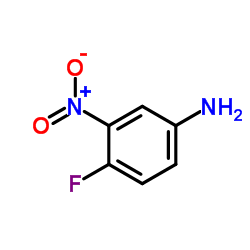 CAS#:364-76-1
CAS#:364-76-1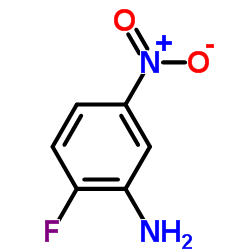 CAS#:369-36-8
CAS#:369-36-8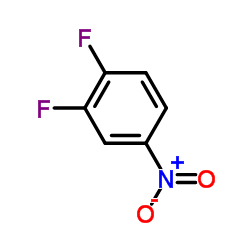 CAS#:369-34-6
CAS#:369-34-6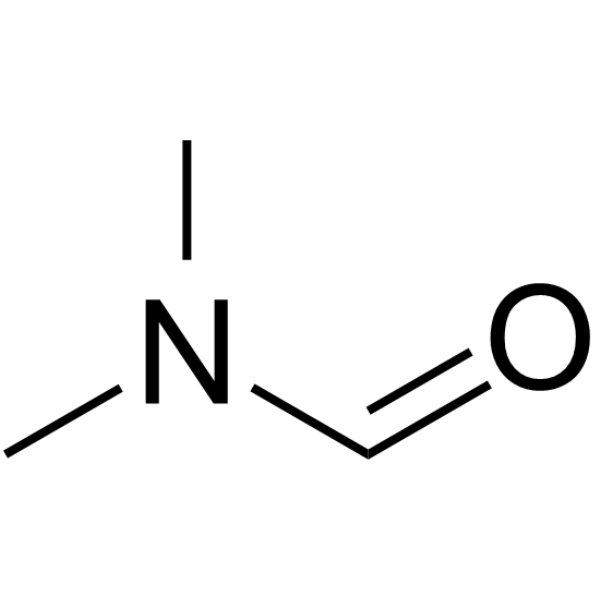 CAS#:68-12-2
CAS#:68-12-2
